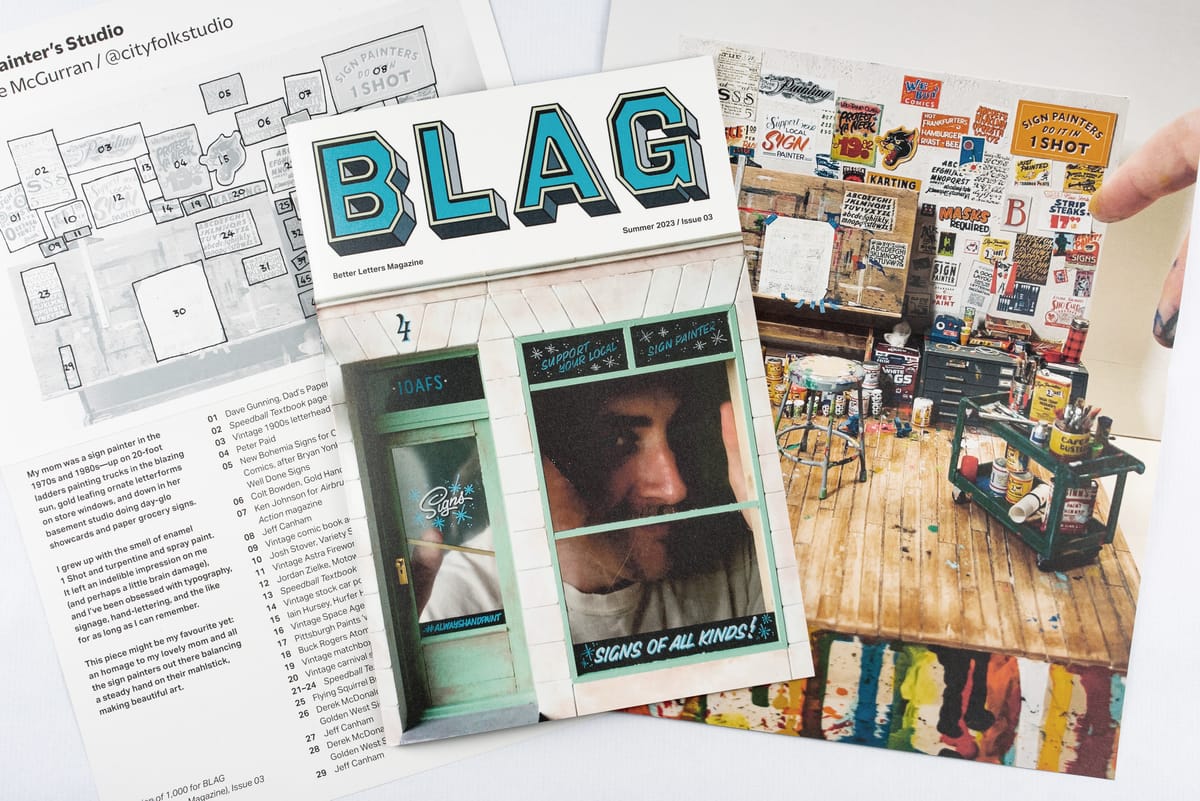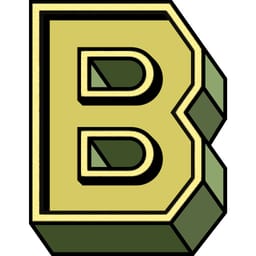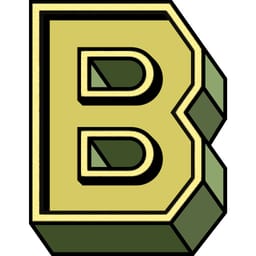Women in Sign Painting: Burds of the Brush
Rachel E Millar shares her and her guests' reflections on the first Burds of the Brush in Glasgow.
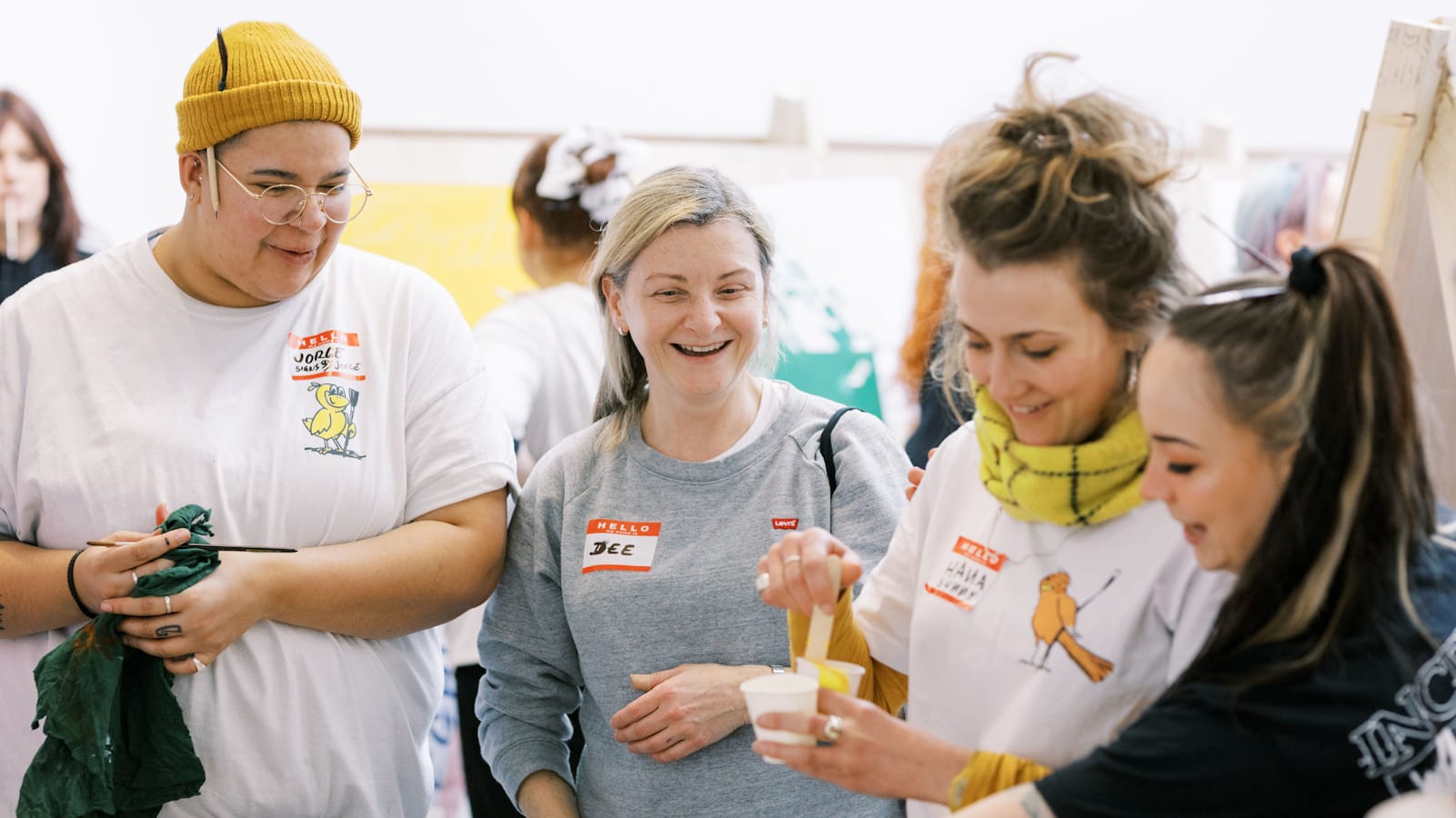
Hot on the heels of events in Bristol and Copenhagen (see BLAG 04), the fourth annual Burds of the Brush will take place in Berlin, 5–7 September. With that in mind, and International Women's Day happening this week, here is Rachel E Millar's BLAG 03 article about hosting the inaugural Burds, and why these events are important for the trade at large.
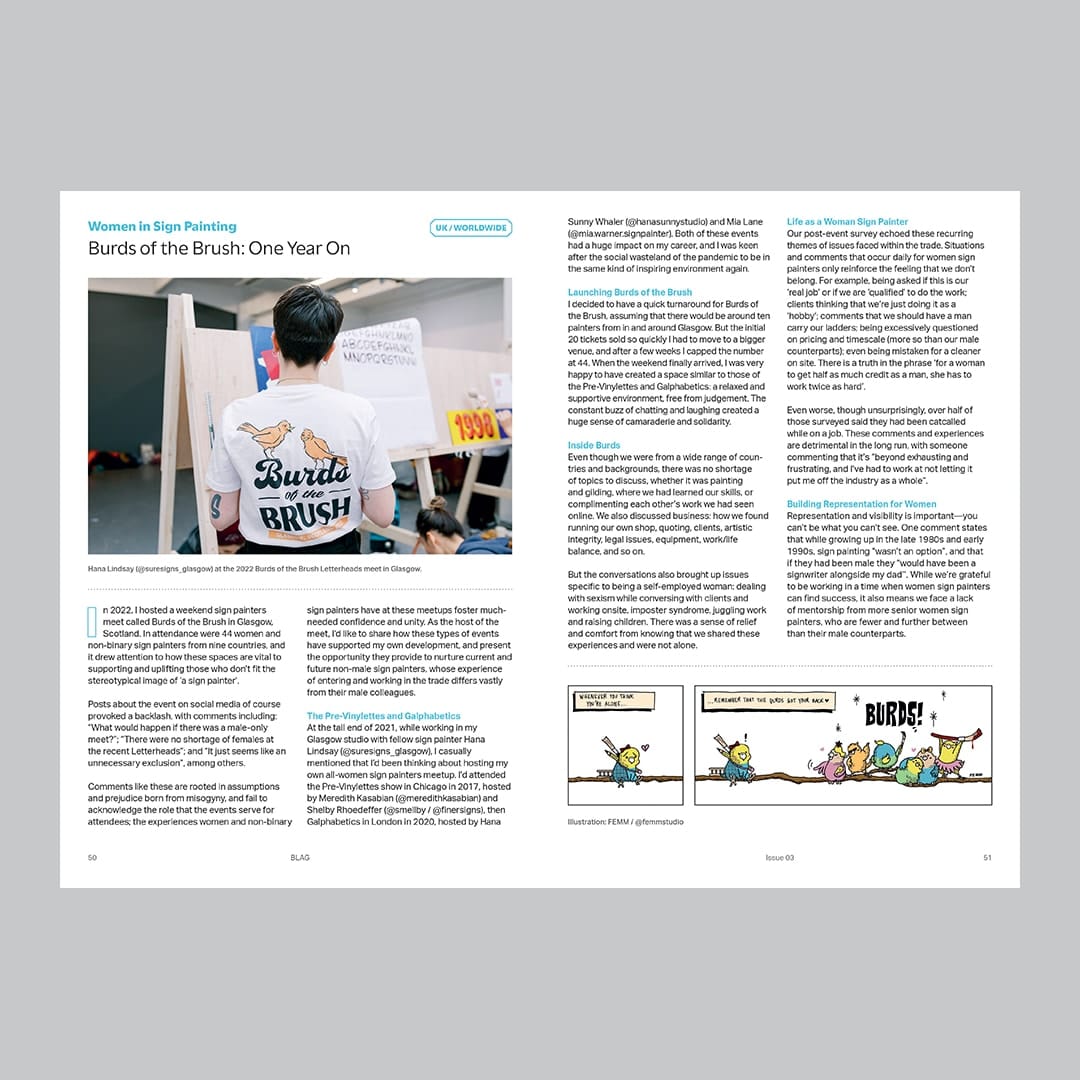
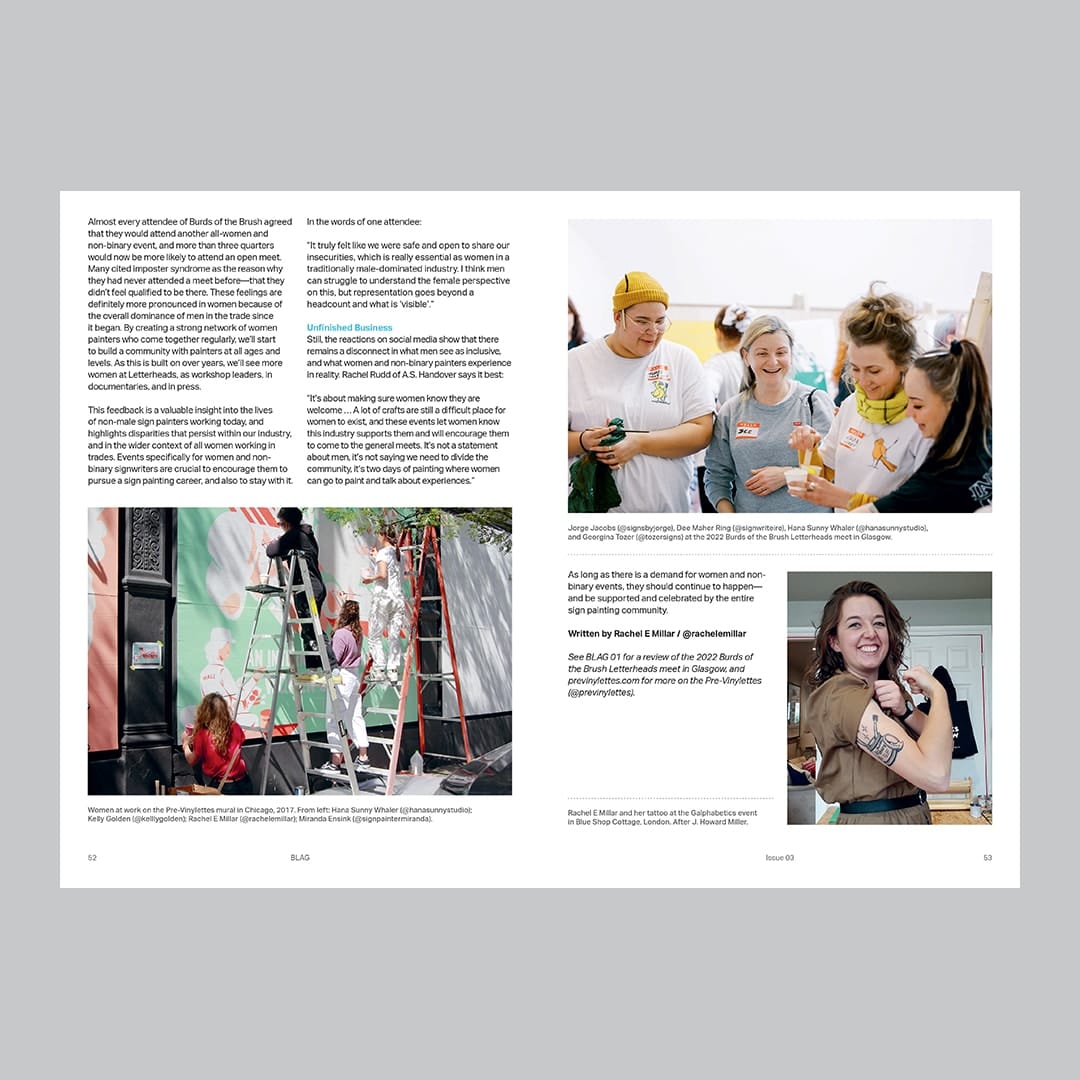
Rachel E Millar's article was first published in BLAG 03, Summer 2023.
Burds of the Brush: One Year* On
*Now three years.
In 2022, I hosted a weekend sign painters meet called Burds of the Brush in Glasgow, Scotland. In attendance were 44 women and non-binary sign painters from nine countries, and it drew attention to how these spaces are vital to supporting and uplifting those who don’t fit the stereotypical image of ‘a sign painter’.
Posts about the event on social media of course provoked a backlash, with comments including: “What would happen if there was a male-only meet?”; “There were no shortage of females at the recent Letterheads”; and “It just seems like an unnecessary exclusion”, among others.
Comments like these are rooted in assumptions and prejudice born from misogyny, and fail to acknowledge the role that the events serve for attendees; the experiences women and non-binary sign painters have at these meetups foster much-needed confidence and unity. As the host of the meet, I’d like to share how these types of events have supported my own development, and present the opportunity they provide to nurture current and future non-male sign painters, whose experience of entering and working in the trade differs vastly from their male colleagues.
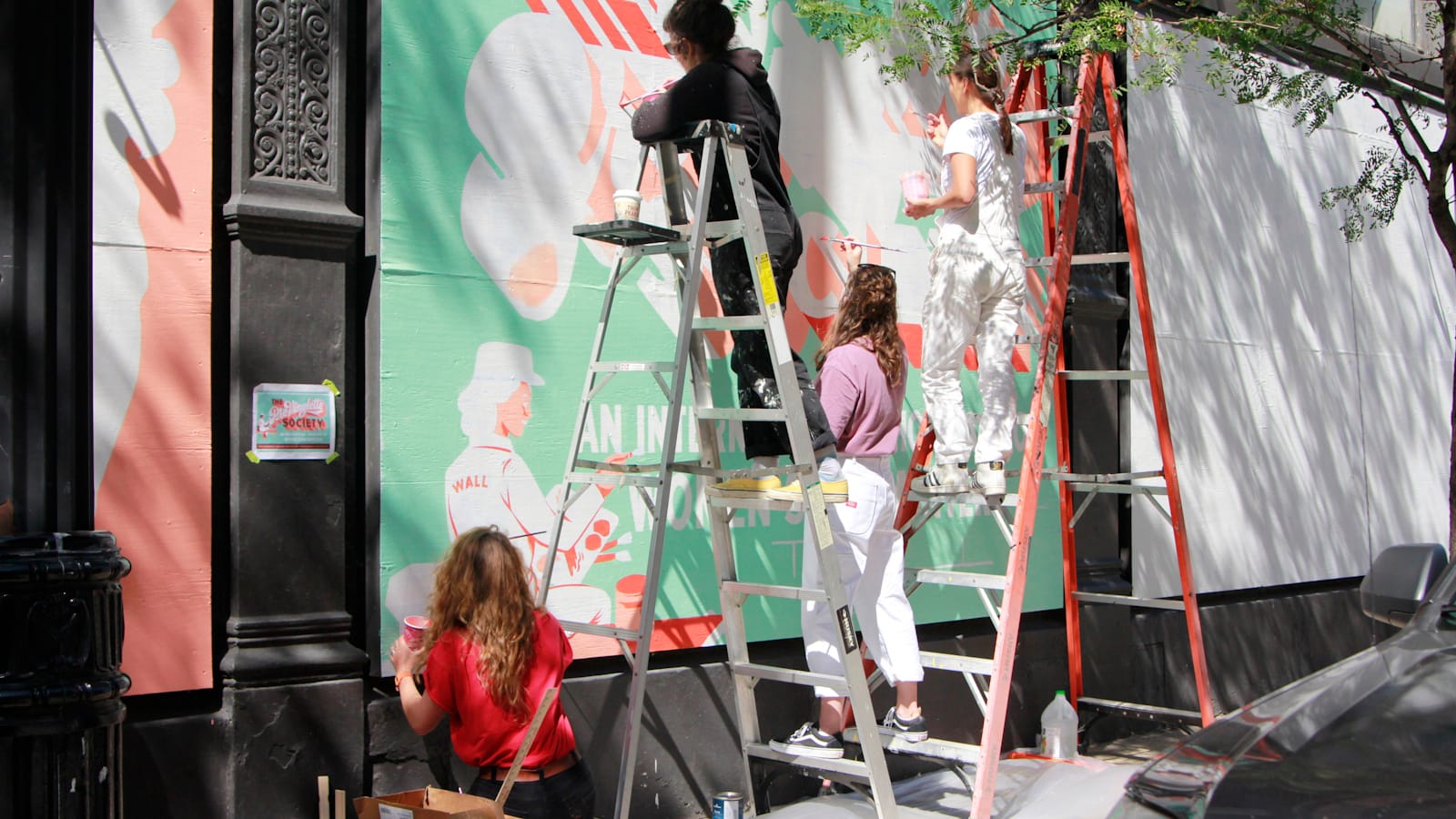
The Pre-Vinylettes and Galphabetics
At the tail end of 2021, while working in my Glasgow studio with fellow sign painter Hana Lindsay, I casually mentioned that I’d been thinking about hosting my own all-women sign painters meetup. I’d attended the Pre-Vinylettes show in Chicago in 2017, hosted by Meredith Kasabian and Shelby Rhoedeffer, then Galphabetics in London in 2020, hosted by Hana Sunny Whaler and Mia Lane. Both of these events had a huge impact on my career, and I was keen after the social wasteland of the pandemic to be in the same kind of inspiring environment again.
Launching Burds of the Brush
I decided to have a quick turnaround for Burds of the Brush, assuming that there would be around ten painters from in and around Glasgow. But the initial 20 tickets sold so quickly I had to move to a bigger venue, and after a few weeks I capped the number at 44. When the weekend finally arrived, I was very happy to have created a space similar to those of the Pre-Vinylettes and Galphabetics: a relaxed and supportive environment, free from judgement. The constant buzz of chatting and laughing created a huge sense of camaraderie and solidarity.
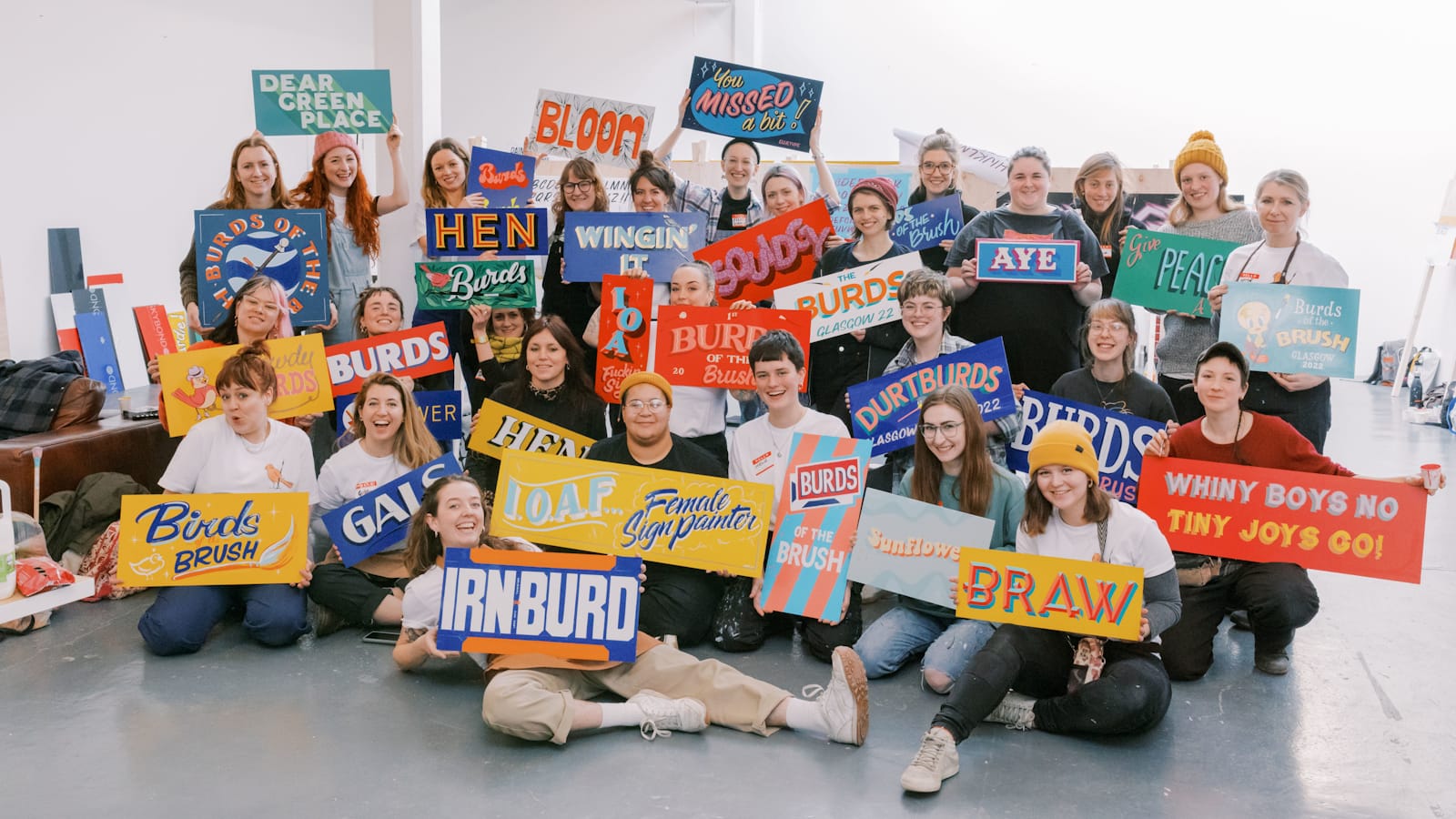
Inside Burds
Even though we were from a wide range of countries and backgrounds, there was no shortage of topics to discuss, whether it was painting and gilding, where we had learned our skills, or complimenting each other’s work we had seen online. We also discussed business: how we found running our own shop, quoting, clients, artistic integrity, legal issues, equipment, work/life balance, and so on.
But the conversations also brought up issues specific to being a self-employed woman: dealing with sexism while conversing with clients and working onsite, imposter syndrome, juggling work and raising children. There was a sense of relief and comfort from knowing that we shared these experiences and were not alone.

Life as a Woman Sign Painter
Our post-event survey echoed these recurring themes of issues faced within the trade. Situations and comments that occur daily for women sign painters only reinforce the feeling that we don’t belong. For example, being asked if this is our ‘real job’ or if we are ‘qualified’ to do the work; clients thinking that we’re just doing it as a ‘hobby’; comments that we should have a man carry our ladders; being excessively questioned on pricing and timescale (more so than our male counterparts); even being mistaken for a cleaner on site. There is a truth in the phrase ‘for a woman to get half as much credit as a man, she has to work twice as hard’.
Even worse, though unsurprisingly, over half of those surveyed said they had been catcalled while on a job. These comments and experiences are detrimental in the long run, with someone commenting that it’s “beyond exhausting and frustrating, and I’ve had to work at not letting it put me off the industry as a whole”.
Building Representation for Women
Representation and visibility is important—you can’t be what you can’t see. One comment states that while growing up in the late 1980s and early 1990s, sign painting “wasn't an option”, and that if they had been male they “would have been a signwriter alongside my dad''. While we’re grateful to be working in a time when women sign painters can find success, it also means we face a lack of mentorship from more senior women sign painters, who are few and far between.
Almost every attendee of Burds of the Brush agreed that they would attend another all-women and non-binary event, and more than three quarters would now be more likely to attend an open meet. Many cited imposter syndrome as the reason why they had never attended a meet before—that they didn’t feel qualified to be there. These feelings are definitely more pronounced in women because of the overall dominance of men in the trade since it began. By creating a strong network of women painters who come together regularly, we’ll start to build a community with painters at all ages and levels. As this is built on over years, we’ll see more women at Letterheads, as workshop leaders, in documentaries, and in press.
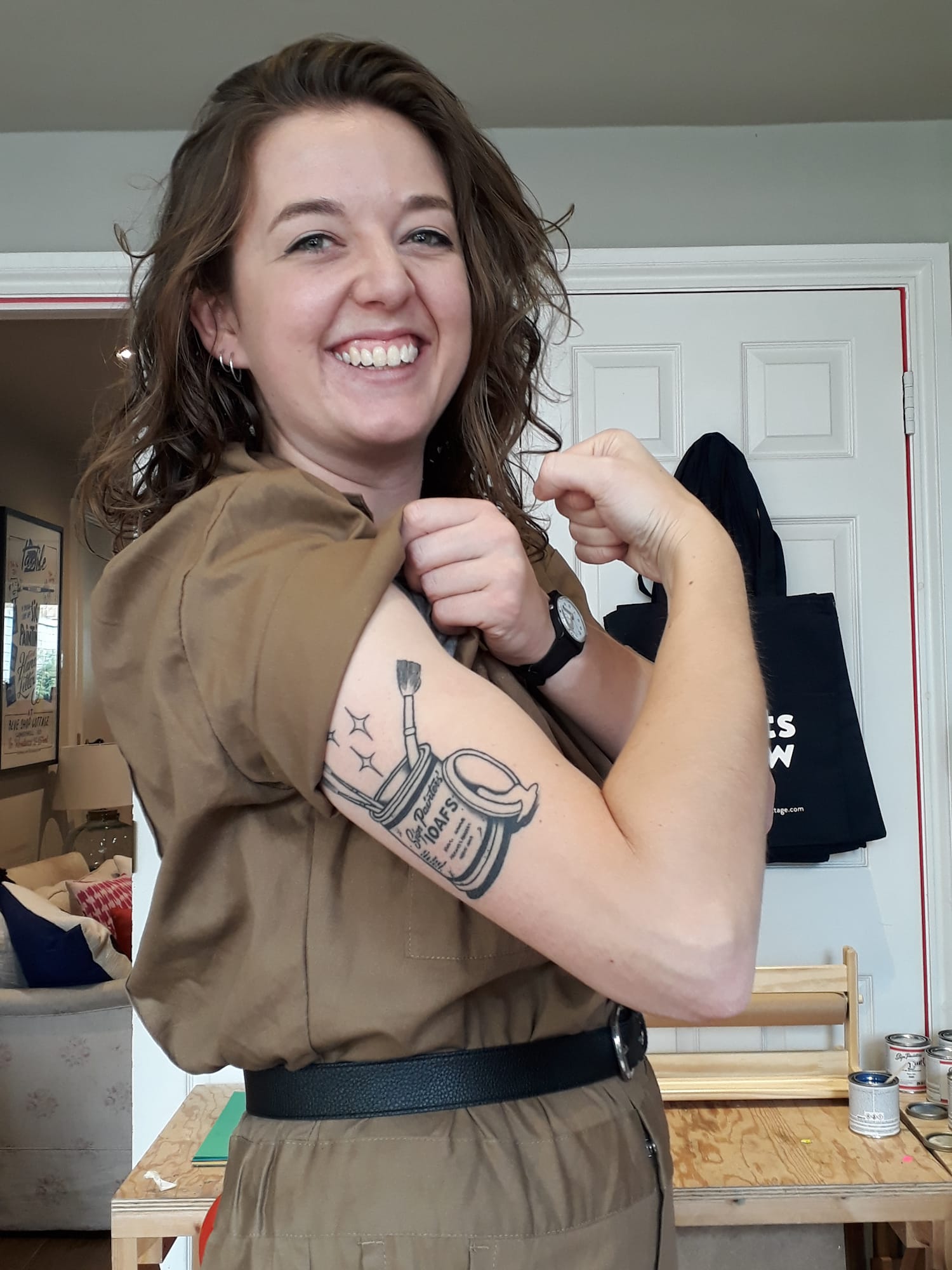
This feedback is a valuable insight into the lives of non-male sign painters working today, and highlights disparities that persist within our industry, and in the wider context of all women working in trades. Events specifically for women and non-binary signwriters are crucial to encourage them to pursue a sign painting career, and also to stay with it. In the words of one attendee:
“It truly felt like we were safe and open to share our insecurities, which is really essential as women in a traditionally male-dominated industry. I think men can struggle to understand the female perspective on this, but representation goes beyond a headcount and what is ‘visible’.”
Unfinished Business
Still, the reactions on social media show that there remains a disconnect in what men see as inclusive, and what women and non-binary painters experience in reality. Rachel Rudd of A.S. Handover says it best:
“It’s about making sure women know they are welcome … A lot of crafts are still a difficult place for women to exist, and these events let women know this industry supports them and will encourage them to come to the general meets. It’s not a statement about men, it’s not saying we need to divide the community, it’s two days of painting where women can go to paint and talk about experiences.”
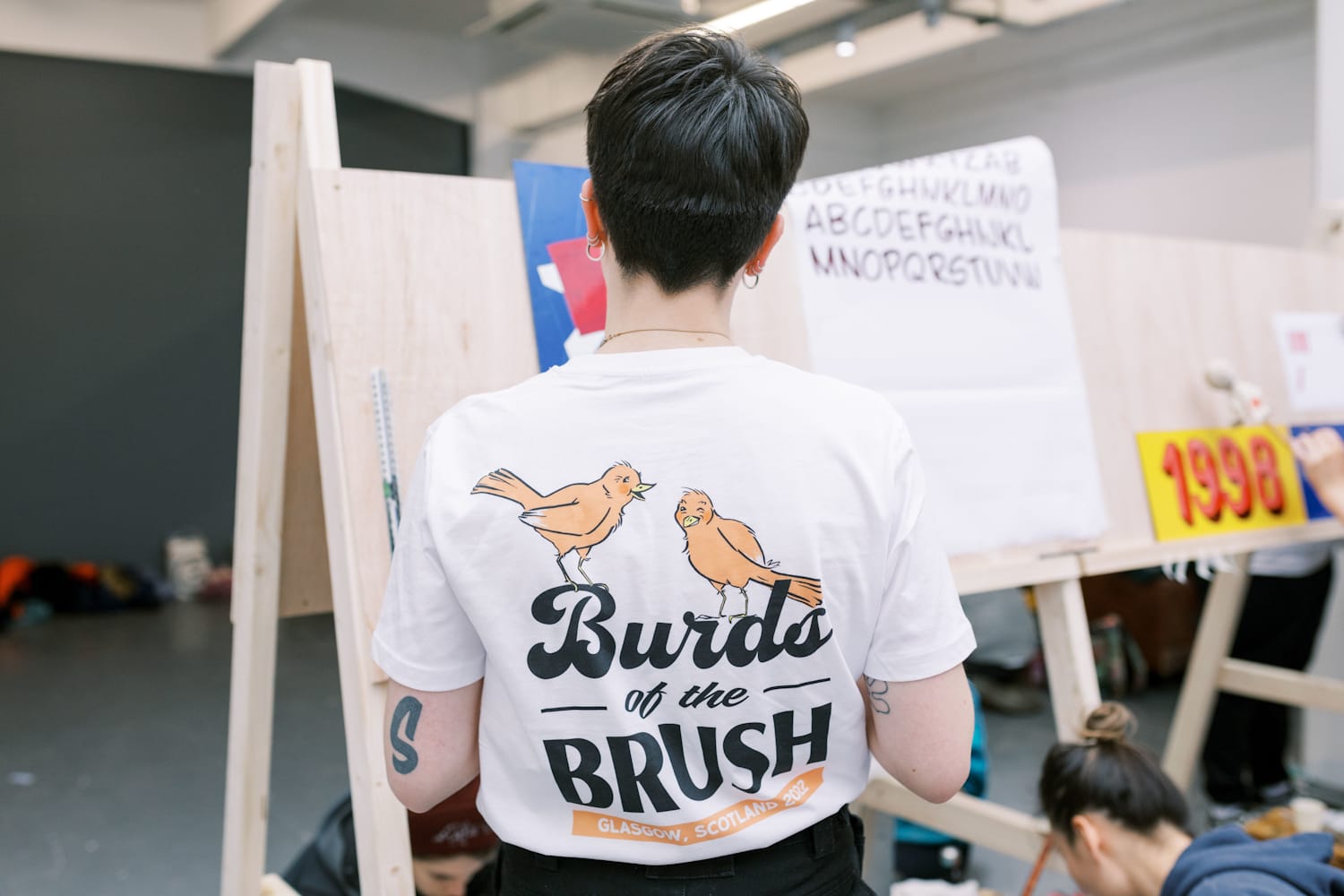
As long as there is a demand for women and non-binary events, they should continue to happen—and be supported and celebrated by the entire sign painting community.
Written by Rachel E. Millar
More Burds
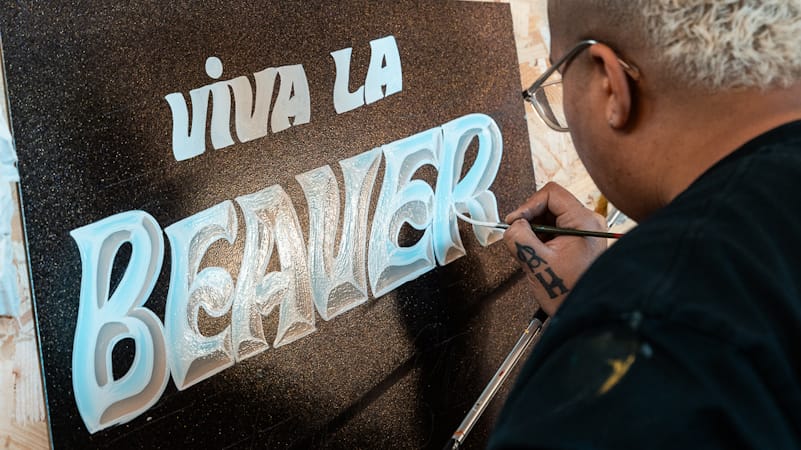
BLAG 03
